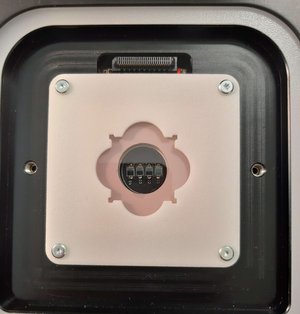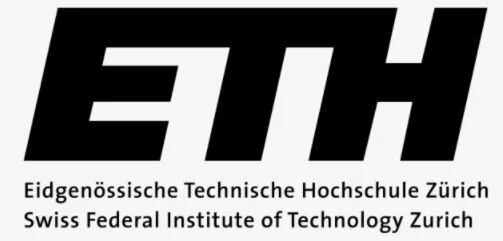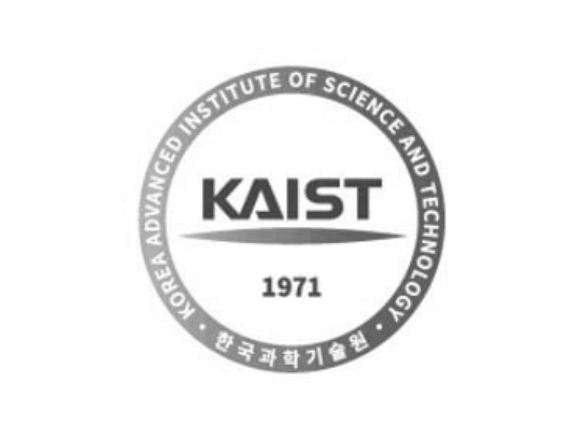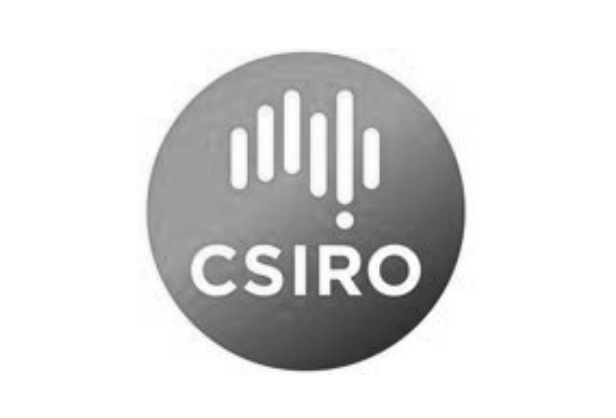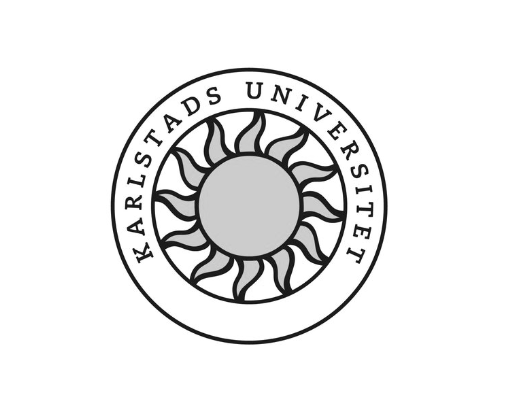
Litos
Stress-Test Platform for Degradation Analysis of OLEDs & Solar Cells
High-Precision Stability Testing for Degradation Insights
Litos is an advanced Solar Cell and LED stability lifetime measurement system. It has 16, or 32 parallel stressing channels distributed over 4 chambers. Each chamber has an individual temperature and illumination control.
We offer a flexible design compatible with samples of different layouts. Both top and bottom-emitting LEDs are compatible.
PV, LED and combined configurations are available.
The wide range of stress conditions inside a highly-controlled experimental environment, full automation and the possibility of interfacing Litos with Paios for in-depth degradation analysis, make it a primary choice for researchers that want to understand the degradation behavior of organic, perovskite and quantum-dots based LEDs and solar cells.
Litos for Solar Cells
Maximum power point (MPP) tracking, constant voltage/current
Independent white and UV LED illumination (configurable)
1.5 suns-equivalent illumination for accelerated testing
In-situ UV-vis absorption possible for bleaching detection (extra spectrometer module)
In-situ PL and EL measurements possible
Designed to evaluate organic and perovskite solar cell lifetime.
Litos for OLEDs
Constant current, constant luminance, constant voltage
Bottom and top emission compatible
Photodiode(s) to track emission
In-situ spectrometer available (extra module)
Luminescence measurements
Litos Advantages
Stress tests on perovksite solar cells and organic solar cells, according to ISOS protocols.
16, or 32 individual channels to address multiple Solar Cells or LEDs in parallel.
4 chambers with individual humidity sensors.
Design customized to the specific sample layout of the customer.
1 sun-equivalent LED illumination (white+UV)
The Litos-Paios Integration provides a unique tool to study degradation mechanisms in LEDs.
User-friendly software for automatic measurement control and parameter extraction.
Stressing at constant current, constant luminance, and constant voltage
Compatible with Bottom and Top Emitting LEDs (1 chamber with either BT/TP photodetectors)
Individual photodiode for each LED under test (optical separation not possible).
Temperature control of the individual sample 0 – 85 °C.
| Independent stressing and characterization of up to 32 pixels in 4 chambers | |
|---|---|
| Functionality | MPP, Voc, Jsc, JV(L), in-situ spectral measurements (PL and EL) |
| Operations | All channels are electrically independent. Temperature controller on stage. |
| Voltage Range | -9 V to 9 V |
| Maximum Current/Channel | 60 mA /channel |
| Current Resolution | Best/typical: 1 μA / 5 μA |
| Sample Size | Up to 2 inches. The illumination area is around 3 cm^2. |
| Sample Holder | Custom-made. Photodetectors for top or bottom emission LEDs |
| Temperature Range | 0 - 85°C |
| Computer Connection | USB |
| Light intensity | Up to 1.5 Suns-equivalent |
| Illumination | Integrated in each chamber. White + UV LEDs |
Specifications

Interested in Litos for OLED or Solar Cell Stability?
Sample Holder
Litos has 4 independent chambers to test simultaneously 4 samples with multiple pixels. The sample holders are custom-made according to the specific layout of our customers. The LEDs are in contact with 2 pins per sample.
Multiple sample holders with different layouts can be ordered and quickly replaced in the testing chamber by the user. Depending on the selected configuration, up to 8 LEDs can be stressed simultaneously in each chamber (32 devices in total).
The chamber can be equipped with photodiodes for either bottom-emission or top-emission LEDs. It is not possible to test both TOP/bottom devices in the same chamber. It is also possible to integrate a single spectrometer in each chamber.
An active cooling and heating system is available for each chamber. Each chamber has an individual temperature PID controller which has a temperature range of 0 °C to 85 °C.
Litos/Paios Integration
Paios and Litos can be connected and managed by the same software (Characterization Suite). In OLEDs for example, the simple luminance decay over time or steady-state analysis is not sufficient to draw meaningful conclusions. A more systematic strategy comprising a wider spectrum of experimental techniques is therefore required. A full characterization of the device during degradation can be performed automatically by combining Paios with Litos:
Understanding the degradation mechanisms of solar cells and LEDs with an automated routine of stressing and analysis.
Current-Voltage (I-V) characteristics.
Transient measurements (CELIV, TPV, TPC, TEL …)
Impedance spectroscopy / CV / IMPS / IMVS.
All measurements can be performed as a function of the temperature ( 0°C to 85°C).
Experimental results from Litos-Paios integration on TADF OLEDs. (a) Emission decay over time measured with Litos. (b) JV curve at different stressing times
OLED VIDEO LIBRARY
Unlock the Secrets of OLEDs: Mastering Dipole Orientation in Light-Emitting Films | Episode 4
OLED Simulation and Device Stressing R&D Tools | Fluxim
Research Webinar 3: Novel Materials and Light outcoupling OLEDs and QD LEDs




